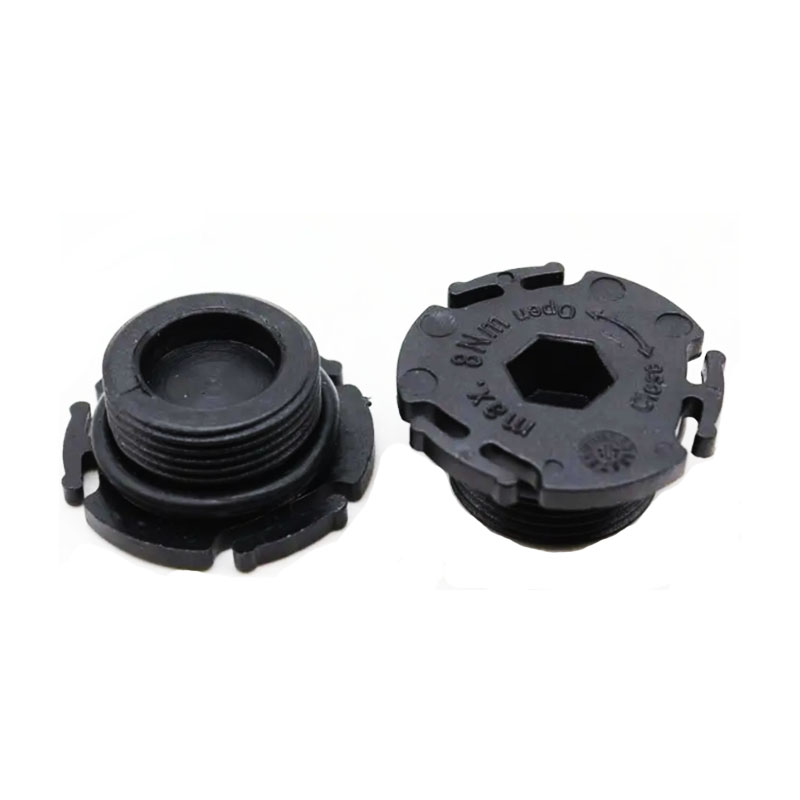Understanding Mechanical Oil Seals and Their Applications in Various Industries
Understanding Mechanical Oil Seals An Essential Component in Machinery
Mechanical oil seals play a crucial role in a wide range of machinery, ensuring that lubricants remain where they are needed and contaminants are kept out. These seals are vital in maintaining the operational efficiency of machines and extending their lifespan. This article aims to delve into the workings, types, applications, and importance of mechanical oil seals.
What is a Mechanical Oil Seal?
A mechanical oil seal is a device used to seal the interface between two parts, typically between a rotating shaft and a stationary housing. The primary function of an oil seal is to retain lubricants and prevent leakage while simultaneously keeping dirt, dust, and other contaminants out of the machinery. Made from a variety of materials, including rubber, silicone, and thermoplastics, oil seals are designed to withstand different temperatures, pressures, and chemical environments.
How Do Mechanical Oil Seals Work?
Mechanical oil seals consist of several key components the sealing lip, a metal casing, and a spring. The sealing lip, which is the part that comes into contact with the shaft, is often produced from elastomer materials that provide flexibility. As the shaft rotates, the lip compresses against it, creating a tight seal that blocks the escape of lubricants and the entry of contaminants. The metal casing provides structural support and enables the seal to be mounted securely in the housing.
The spring is another essential aspect that helps maintain constant pressure on the sealing lip against the shaft. This feature is critical in ensuring that the seal remains effective even as the shaft experiences vibrations or shifts in alignment. Together, these components create a robust barrier that is vital for the efficient operation of machinery.
Types of Mechanical Oil Seals
Mechanical oil seals come in various types, each designed for specific applications
. Some common types include1. Single Lip Oil Seals This is the most common type, featuring one sealing lip. They are typically used in low-pressure applications.
mechanical oil seal

2. Double Lip Oil Seals These include two sealing lips, offering enhanced protection against dirt and moisture. They are ideal for more demanding environments.
3. Rotary Oil Seals Specifically designed for rotary applications, these seals can handle high speeds and pressures.
4. Spring-loaded Oil Seals Incorporating a spring mechanism to maintain tension on the lip, these seals provide superior sealing capabilities in dynamic applications.
5. Heavy-duty Oil Seals Built for rugged conditions, these seals can withstand extreme temperatures and pressures, making them suitable for industrial machinery.
Applications of Mechanical Oil Seals
Mechanical oil seals are utilized in a multitude of applications across various industries. They are commonly found in automobiles, where they help prevent oil leaks in engines and transmissions. Additionally, they are used in household appliances, industrial machines, and heavy equipment such as pumps and motors. Their versatility and reliability make them essential components in maintaining machinery performance.
The Importance of Mechanical Oil Seals
The significance of mechanical oil seals cannot be overstated. By preventing lubricant leaks, they help maintain the necessary oil levels for efficient operation, reducing friction and wear on moving parts. This, in turn, leads to lower maintenance costs and extended equipment life. Moreover, by keeping contaminants out, oil seals protect critical components from damage, ensuring optimal performance and reducing the risk of breakdowns.
In summary, mechanical oil seals are indispensable components in various machinery applications, serving to keep lubricants contained while preventing contamination. With various types designed for distinctive applications, understanding their function and importance can lead to better maintenance practices and more efficient machinery operation. Investing in high-quality oil seals can ultimately contribute to the longevity and reliability of your equipment, making them a key consideration for engineers and maintenance professionals alike.
-
Understanding the Front Main Engine Seal: Purpose, Maintenance, and Installation
News Jul.29,2025
-
Understanding O-Rings and Seal Rings: Types, Applications, and Custom Solutions
News Jul.29,2025
-
Understanding Crankshaft Oil Seals: Rear Seals, Pulley Seals, and Their Role in Engine Integrity
News Jul.29,2025
-
The Importance of Front and Rear Crankshaft Seals in Engine Performance and Oil Management
News Jul.29,2025
-
Crank Oil Seals: Functions, Types, and Cost Considerations in Engine Maintenance
News Jul.29,2025
-
A Comprehensive Guide to O-Rings and Seals: Types, Materials, and Global Applications
News Jul.29,2025
-
Mastering Diesel and Performance Engine Maintenance: A Guide to Critical Oil Gaskets
News Jul.28,2025
Products categories















